Post‑Swim Skincare: What to Apply After Swimming to Prevent Itching & Irritation - V2
Introduction: Why Skin Itches After Swimming
If you’ve ever left the pool with dry, itchy skin, you’re not alone. Swimming exposes your skin to harsh elements like chlorine, saltwater, and imbalanced pH levels, which can strip away natural oils and damage the skin barrier. This irritation doesn’t just cause discomfort — over time, it can lead to long-term dryness and premature skin aging.
In this guide, we’ll break down why your skin reacts this way, the key issues swimmers face, and a simple post-swim skincare routine to keep your skin healthy, hydrated, and itch-free featuring TRIHARD’s science-backed swim care solutions.
Key Skin Issues After Swimming
Swimming is an incredible way to stay fit, and the chlorine in pool water plays a crucial role in keeping that environment clean and safe. Chlorine is highly effective at disinfecting harmful bacteria and maintaining healthy water quality — but while it protects swimmers, it can also be harsh on the skin. Many people experience post-swim effects such as dryness, irritation, and tightness after getting out of the pool.
-
Itching & Redness – Caused by chlorine and saltwater disrupting your skin’s pH balance.
-
Dryness – Due to the loss of natural oils that keep the skin soft and hydrated.
-
Goggle Marks – The skin around the eyes is up to 10 times thinner than the rest of the face, making it far more delicate and reactive. When goggles seal tightly against this sensitive area, the pressure can temporarily restrict blood flow and create visible indentations or redness once removed. It’s not simple friction — it’s primarily the compression of soft tissue and circulation changes that lead to those lingering marks and irritation.
While hair and skin both suffer from chlorine exposure, hair damage is more structural (protein loss, brittleness), whereas skin damage primarily involves barrier disruption and dehydration. Addressing each with specialized care ensures lasting comfort and performance.
Post-Swim Skincare Routine
Step 1: Rinse or Cleanse Immediately After Swimming
Start by rinsing off as soon as you exit the pool or ocean. A quick rinse helps remove most of the chlorine or salt sitting on the skin’s surface. The longer these elements remain on your skin, the deeper they can penetrate and the more they can disrupt your moisture barrier — making irritation worse and harder to reverse.
Step 2: Use a Product That Removes Chemical Residues
Regular soap won’t cut it — chlorine binds stubbornly to skin and hair, and basic cleansers aren’t formulated to break that bond. You need a product specifically designed to chemically lift and neutralize chlorine, not just rinse it around. Try TRIHARD’s chlorine removal Body Wash, which uses targeted chlorine-removal ingredients that detach chlorine residue from the skin and wash it away effectively. This helps prevent dryness, tightness, and irritation so your skin feels clean and comfortable after every swim.
Step 3: Moisturize and Restore the Skin Barrier
After cleansing, apply a light but rich moisturizer to lock in hydration. We recommend the TRIHARD Body Lotion, which not only hydrates but also helps neutralize lingering chlorine smell, restore the skin’s natural barrier, and soothe irritation. As an added benefit, when used before your swim, it acts as a chlorine-protective layer, reducing how much chlorine can cling to and dry out your skin in the first place.
Step 4: Add Targeted Protection
-
Goggle Marks: Use a dedicated swim eye gel or a light moisturizer around the eyes to help minimize goggle marks, puffiness, and post-swim redness. The skin in this area is extremely thin, so a fast-absorbing formula helps calm swelling and smooth out the indentation lines left behind by goggles. For best results, try TRIHARD’s Eye Gel, designed to cool, depuff, and refresh the delicate under-eye area after training.
-
Scalp Care: Frequent swimmers should pay extra attention to their scalp, since chlorine and salt water strip away natural oils much faster than regular washing. This can leave your scalp feeling tight, dry, and prone to flaking — even if you don’t normally have dandruff. A post-swim, scalp-friendly cleanser helps remove chlorine residue, rebalance moisture, and prevent irritation before it turns into itchiness or visible flakes.
These small steps create a complete swim-care routine that protects your skin from the drying effects of chlorine and salt water. By consistently cleansing, neutralizing residue, and restoring moisture, you help maintain a healthier, more resilient skin barrier — so you can enjoy all the benefits of swimming without the irritation that often comes with it.
Recommended Ingredients & Features
-
When choosing post-swim skincare, look for active, skin-safe ingredients that repair and protect. Chelating agents help neutralize chlorine and metal residues, while hydrating botanicals like aloe vera, glycerin, and red algae restore lost moisture and calm irritation. pH-balanced formulas also support your skin’s natural acidity, helping maintain a strong, healthy barrier after every swim.
-
Just as important is knowing what to avoid. Harsh sulfates can strip essential oils, leaving skin even drier, and strong fragrances often irritate already-sensitive post-swim skin. Generic soaps aren’t designed to remove chlorine or saltwater residue, making them ineffective for true post-swim recovery.
Chlorine-removal products work by combining chelating agents that break the bond between chlorine and your skin with gentle, non-stripping cleansers that rinse it away safely. They’re enriched with soothing, hydrating ingredients like aloe vera, glycerin, red algae, and Dead Sea minerals to calm irritation and restore moisture — making them effective and safe for all skin types, including sensitive.
FAQ
Q: Why does my skin feel itchy even after I shower post-swim?
A: Regular showers often don’t fully remove chlorine, salt, and pool chemicals. Using a chlorine-removal body wash like TRIHARD’s After-Swim Body Wash helps neutralize irritants, reducing post-shower itchiness and dryness.
Q: Can I skip the specialized swim wash and use regular soap?
A: No. Standard soap only cleans the surface — it doesn’t break down chlorine or repair the moisture barrier. Without a swim-specific cleanser, dryness, tightness, and irritation can continue.
Q: How often should I apply hydrating lotion after a swim?
A: Apply lotion immediately after showering to lock in moisture and support skin recovery. If your skin still feels dry, reapply later in the day for optimal hydration.
Q: Does the same routine work for both saltwater and pool swimming?
A: Yes. While saltwater is gentler than chlorine, it still dehydrates the skin. The same steps — rinse, cleanse, and moisturize — help keep your skin balanced and healthy.
Q: Are these products safe for sensitive skin or children?
A: Yes. TRIHARD’s formulas are dermatologist-tested, gentle for sensitive skin, and safe for children when used as directed, making them ideal for families and frequent swimmers.
Conclusion & Call to Action
Consistent post-swim skincare isn’t optional — it’s essential for anyone who spends time in the pool or ocean. Without proper cleansing and moisturizing, chlorine, salt, and pool chemicals stay bonded to your skin, causing persistent dryness, tightness, and itchiness. Over time, this residue can break down your moisture barrier, leading to inflammation, sensitivity, flaking, premature aging, and stubborn irritation that becomes harder to reverse.
By removing chlorine properly and restoring hydration right away, you protect your skin’s natural defenses, support healthy recovery, and prevent long-term damage — helping your skin stay resilient, smooth, and comfortable no matter how often you swim.
Discover TRIHARD’s post-swim kit and start protecting your skin now and experience the difference for yourself.

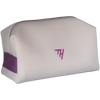
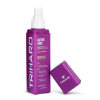



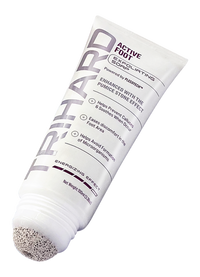



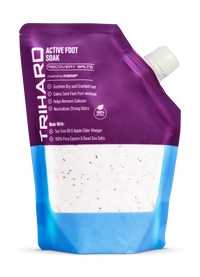



















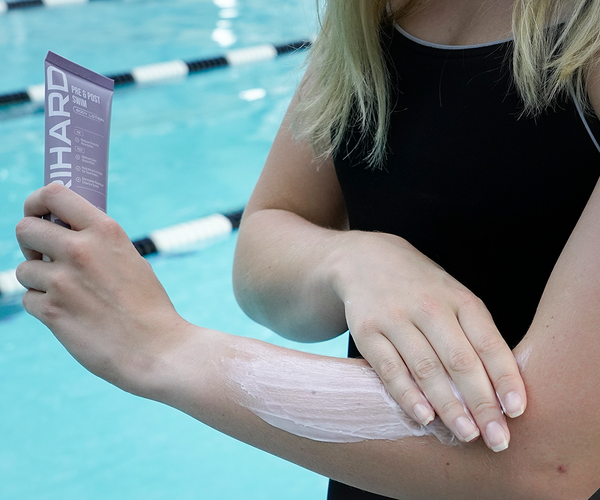

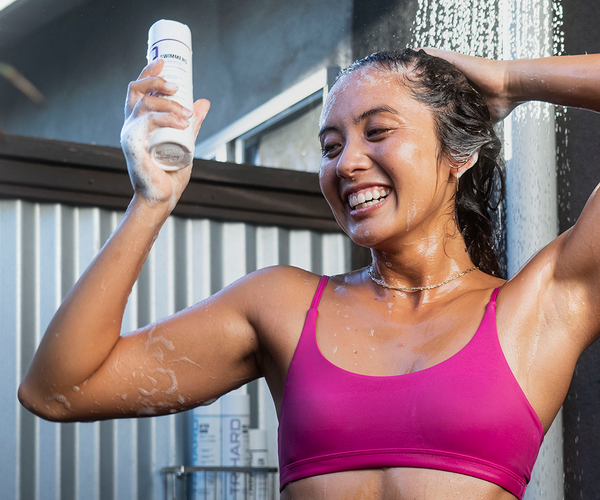

Lascia un commento